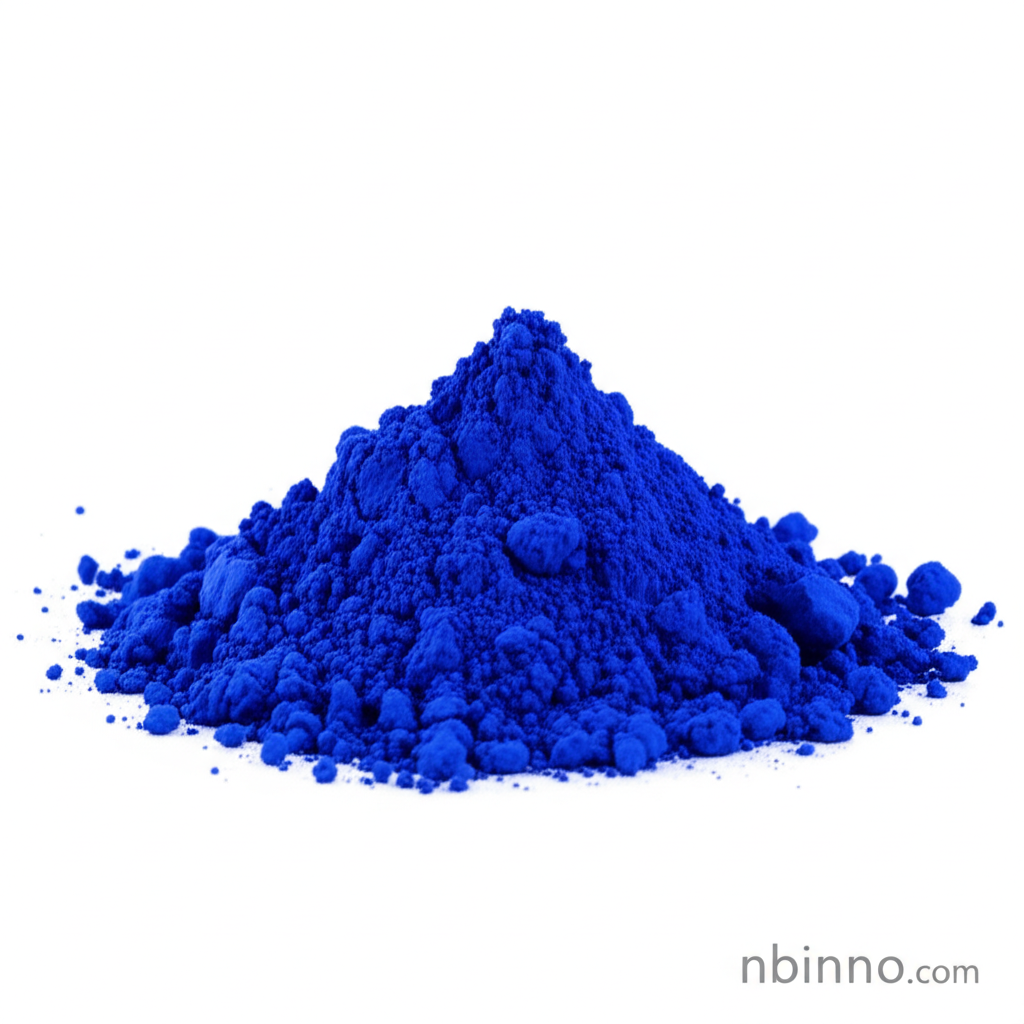Prussian Blue: The First Modern Synthetic Pigment
Discover the rich history, unique properties, and diverse applications of Prussian Blue, a pivotal pigment in art and industry.
Get a Quote & SamplePrussian Blue: A Legacy of Color and Innovation

Prussian Blue
Prussian Blue, known for its distinctive deep blue color, is a synthetic inorganic pigment with a rich history dating back to its accidental discovery around 1704. It is recognized as the world's first modern synthetic pigment, a significant milestone in the development of art materials and chemical science.
- The discovery of Prussian Blue was a serendipitous event, occurring when a Berlin-based color maker was experimenting with pigment creation.
- Chemical Properties: It is characterized by its insolubility in water and organic solvents but is decomposed by alkalis, though stable in dilute mineral acids.
- Artistic Applications: Prussian Blue has been a favorite among artists for centuries, used in various mediums like oil paints, watercolors, and inks, contributing to iconic artworks across different eras.
- Industrial and Medical Uses: Beyond art, it finds applications as a pigment in textiles and plastics, and notably, as an antidote for heavy metal poisoning, highlighting its therapeutic value.
Key Advantages of Prussian Blue
Historical Significance
As the first modern synthetic pigment, Prussian Blue revolutionized the artist's palette, offering a stable and affordable blue alternative to expensive natural pigments like Ultramarine.
Versatile Application
Its utility extends from fine art and printing inks to industrial coloring and critical medical applications, demonstrating its broad impact.
Intense Color and Tinting Strength
Prussian Blue provides a deep, intense blue hue with high tinting strength, allowing for a wide range of shades and vibrant color mixing, a critical factor for artists and manufacturers.
Key Applications
Art and Painting
Used extensively in oil paints, watercolors, and inks by renowned artists for centuries, contributing to masterpieces and everyday artistic creations.
Industrial Coloration
Applied in the coloring of textiles, plastics, paints, and inks, providing durable and vibrant blue shades across various manufacturing sectors.
Medical Antidote
Recognized for its efficacy in treating heavy metal poisoning, particularly thallium and radioactive caesium, it is a vital component in medical treatments.
Histopathology
Serves as a crucial stain in medical laboratories to detect the presence of iron in biopsy samples, aiding in disease diagnosis.
Related Technical Articles & Resources
Why Choose Us?
Leverage our expertise and state-of-the-art infrastructure to accelerate your journey from discovery to commercial success.
Global Experience
With 20 years of R&D, manufacturing, and sales experience, we proudly serve clients across 60 countries and regions worldwide.
Advanced Facilities
Our in-house R&D laboratory, pilot platform, and large-scale production workshop are equipped to meet the audit requirements of global customers.
Seamless Scalability
We facilitate a perfect transition from small-scale lab requirements (grams) to full commercialization (hundreds of tons).
